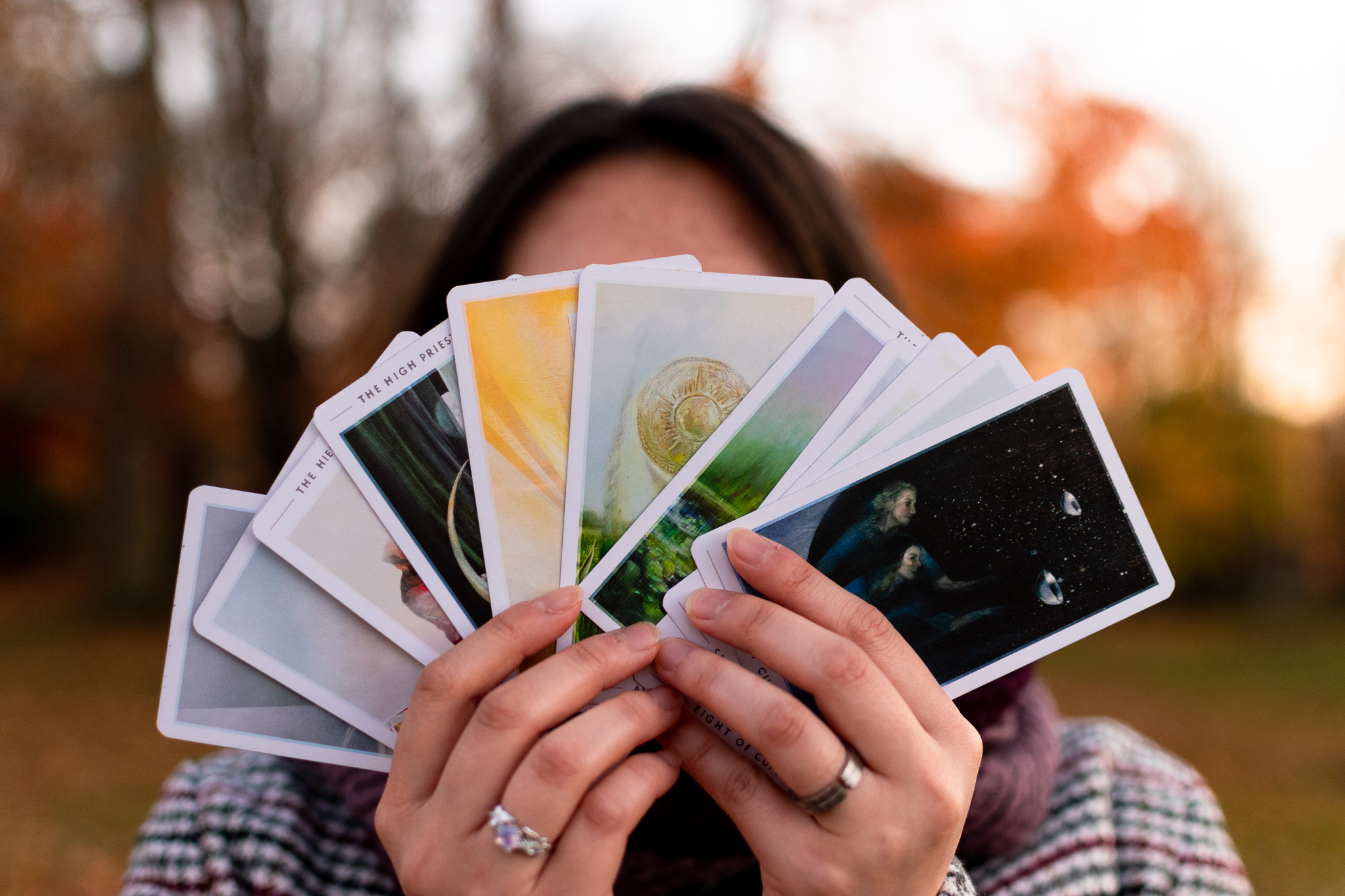Our magical fascination with witches


When an average person imagines a witch, it’s likely that either the historical account of Salem or medieval Europe would come to mind. In a pop culture-based stereotype, it would probably be an evil old lady similar to the look of the Wicked Witch of the West from The Wizard of Oz. Although, today there can be “witches” found within your community.
A Wicca culture located in botany or tarot shops, with spiritual groups of women and men who refer to themselves as practicing witches.
There are some modern witches that are even making money out of their craft. Witches by profession can find financial success through tarot readings or creating websites and stores geared towards selling spell books, potions, cauldrons and other Wicca culture staples.
The new age of Wicca has even brought the now ever-popular trend of crystals, that scale upwards of a thousand dollars. Witchcraft has even been modernized to the point that in recent years, there have been emerging social media influencers dedicated to Wiccan culture.
With platforms like Instagram, Wicca culture has risen from hidden solitary practices to fit into the mainstream spiritual and wellness industry. Influencers like Bakara Wintner (@BakaraW), have a following over 10 thousand in which she uses for a platform to market “witchcraft” related products.
I personally have always found the cult idea of witches fascinating. Possibly it coincides with my obsession with the supreme herself Stevie Nicks.
It might even be from the early childhood introduction to various Disney movies and television that made the idea of joining a coven and practicing magic a common strategy to solve any challenges.
However, there might be more substance behind the rising modern witch trend. In the research I have found, there are actually 16 different types of witches in practice today.
Some follow a traditional format that is similar to the early sixteenth century pagan covens and their associations to dark religion. While other forms of practice have separated from the original concept.
A cosmic witch is similar to an astrologist who studies the constellations and how the placement of the universe can impact human behaviour. Looking at Wicca as a religion, it is actually a sophisticated formulation of spirituality.
Most covens or groups actually follow a magical code of ethics referred to as a Wiccan Rede.
I find that there is something remarkable about these women and men who are practicing witchcraft in the modern-day. After centuries of suppression for this spirituality, these modern-day witches are breathing new life into the means of expression that was once punishable by death.
In a modern age where religion and spirituality are a fading façade, those practicing witchcraft might even have a far greater grasp on how to handle superstition or follow a healthy ritual.
I must admit there is something tempting about following a coven that follows a code to promote healing, botany and listens to Fleetwood Mac by religion.
This modern-day obsession with witches and magic exhibited in the younger generation is completely harmless.


